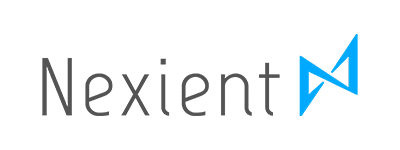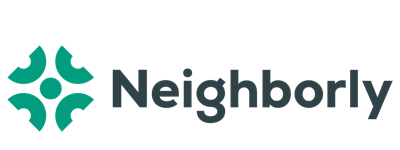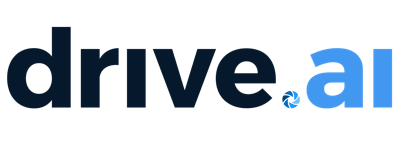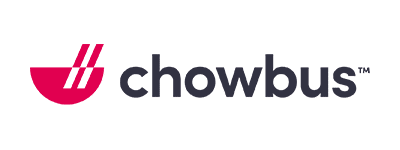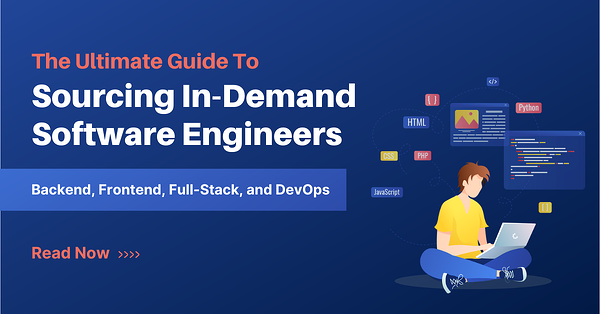With an economic downturn looming, recruiters are worrying about how a recession may affect their job.
But you don’t have to wait to see what happens. You can widen your skillset here and now.
Technical sourcers are consistently in demand. That’s because software developers and engineers are consistently in demand.
So how do you learn to excel in technical recruitment?
Start with this technical recruiting cheat sheet that contains all the resources you need to upskill quickly.

Bonus: do you want to learn how to create a lean but effective recruitment process to find, vet, and close the best technical talent despite today’s challenges? Join us on March 2, 2023 for our live webinar: “Maximizing Tech Recruiting Efficiency in Uncertain Times“.
What is a technical recruiting cheat sheet?
Salt that doesn’t go on your fries? A Python that you wouldn’t see in the zoo?
A technical cheat sheet explains all the technical terms you need to be familiar with when you’re recruiting for technical roles.
It’s a great, easy-to-use reference document.
You can use it to quickly learn new terminology when you have an interview coming up.
Or use it as a guide for upskilling, learning what each of these programming languages, frameworks, and roles is all about.
Because when you want to connect with a developer, you have to be able to speak their language.
Glossary for tech recruiters
Introducing our free technical recruiting cheat sheet — a glossary containing all of the programming languages, frameworks, and technical roles you’re likely to come across, alongside their definitions.
Frontend languages, frameworks, and skills
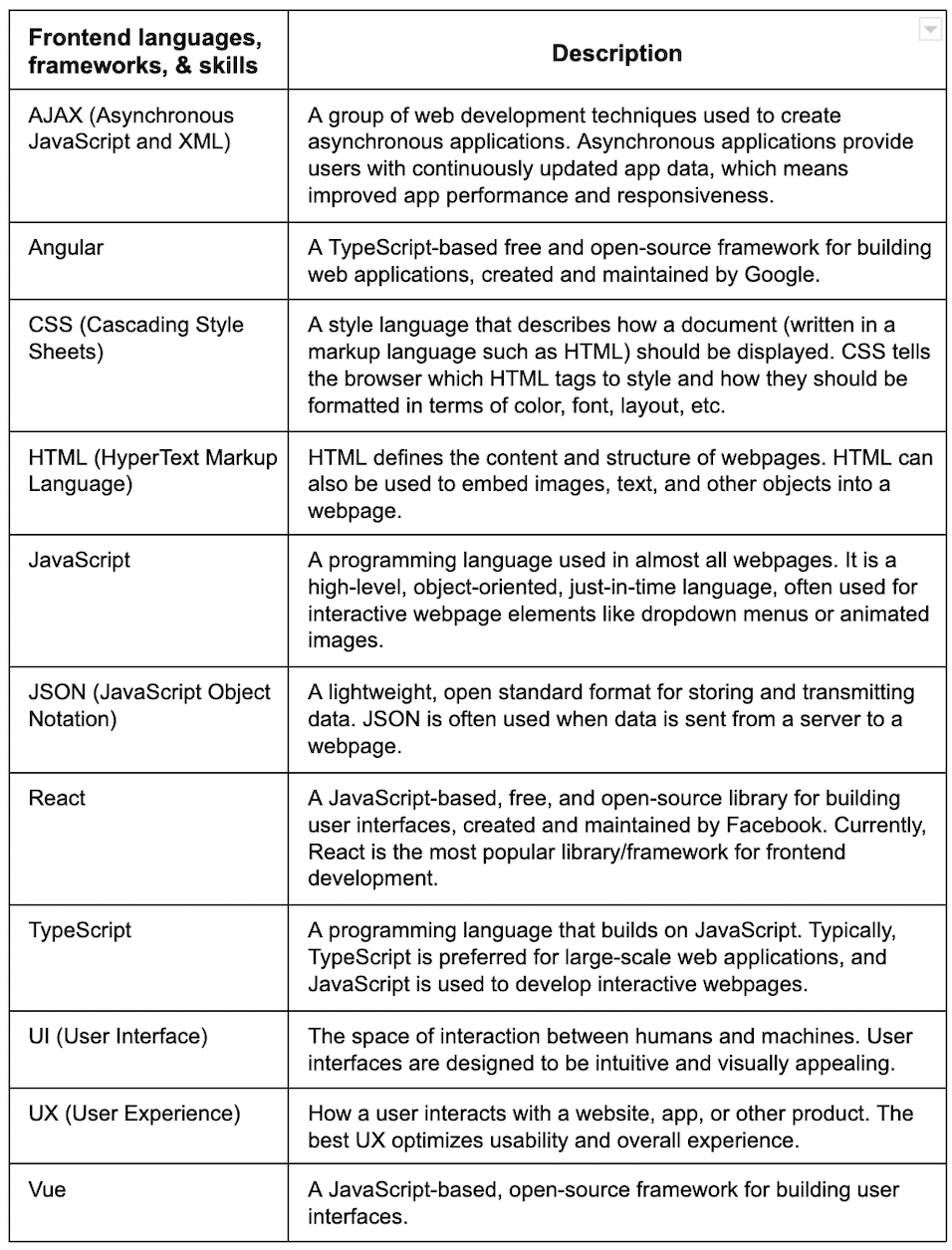
Backend languages, frameworks, and skills
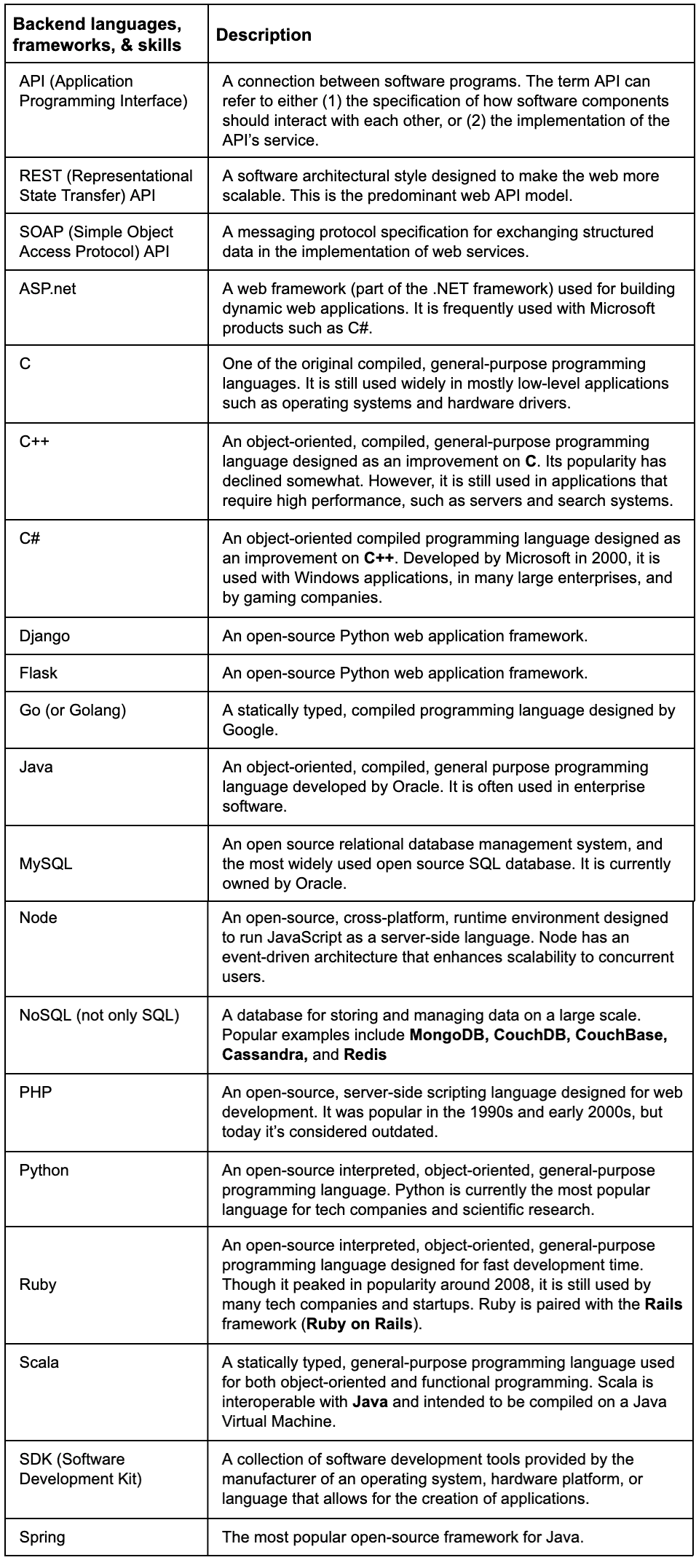
DevOps skills
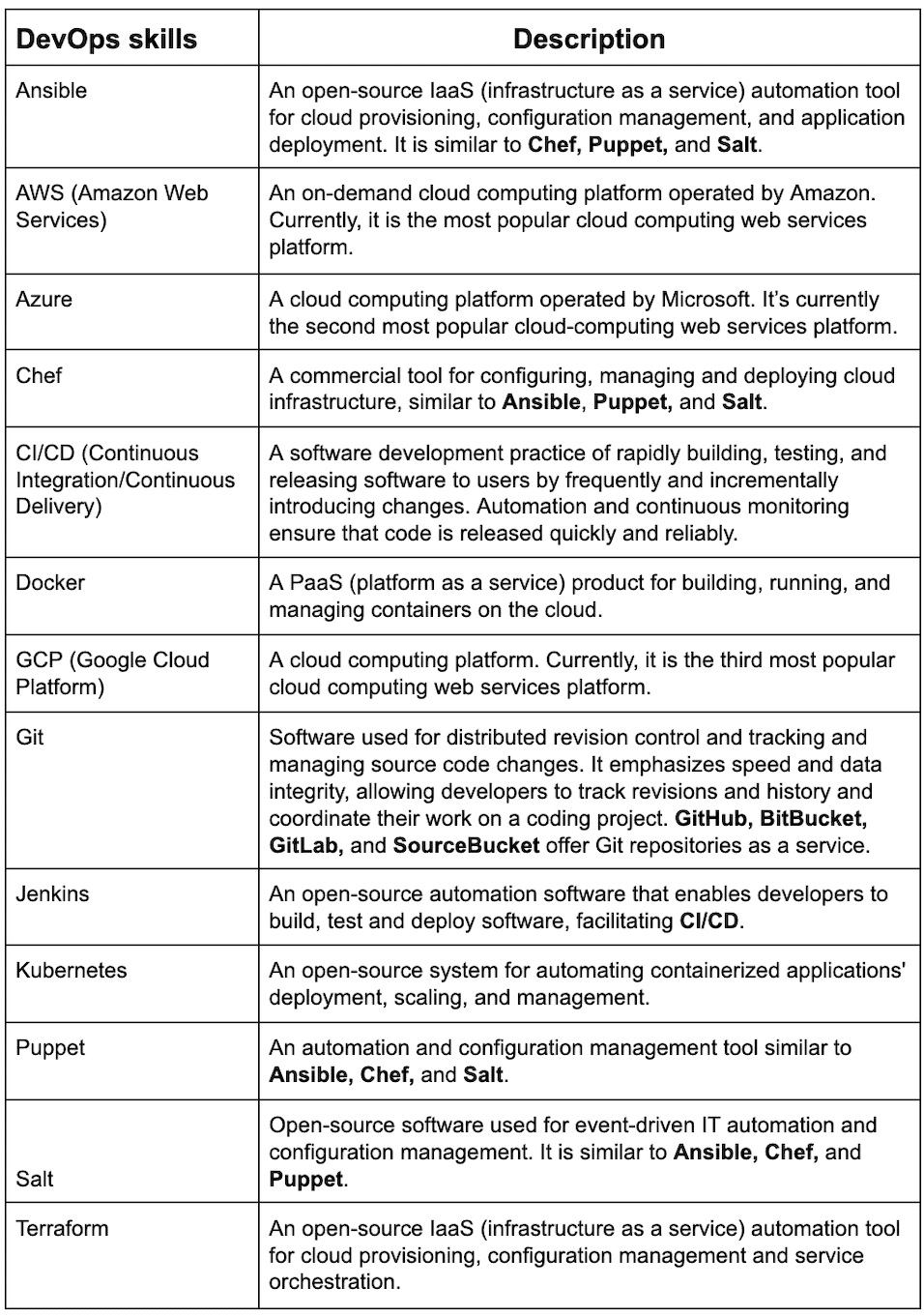
Popular DevOps roles
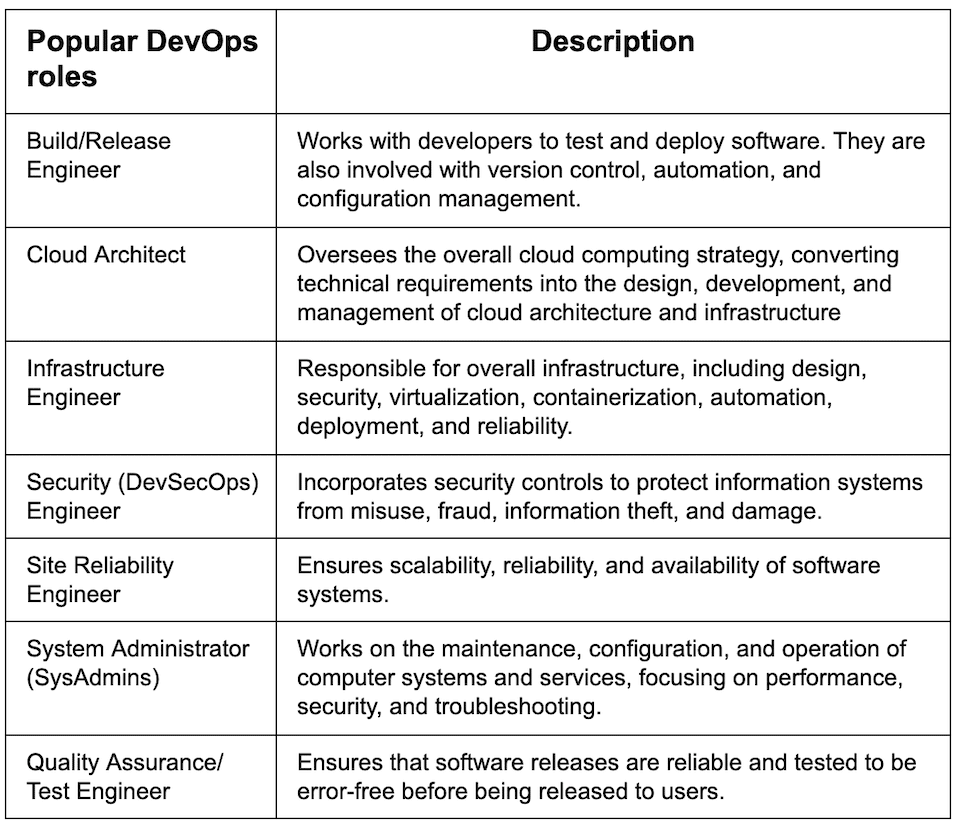
What soft skills matter for technical roles?
Developers obviously need standout technical prowess. But they need to have the right non-technical soft skills too.
As with any non-technical role, you can evaluate these with assessments and competency-focused interview questions. But what you’re looking for varies depending on the developer role you’re looking to fill.
Front-end developers
A front-end developer is responsible for the client-facing side of the product, whether that be a website, a mobile app, or the user interface of non-public software. They have to be able to communicate with both technical and non-technical departments within their organization, particularly product and design. Their titles will typically be something like Front End Software Engineer or Developer, UI/UX Engineer, or JavaScript Developer.
Soft skills to look for in front-end developers include:
- The ability to translate technical info into non-technical language
- Sensitivity to the needs of the end-user
- Good attention to detail
- Committed to professional development
- The ability to work as part of a team
Back-end developers
A back-end developer creates the foundation for software and web applications that is invisible to the end user. They’re responsible for the essential background operations of a product like storage and retrieval of data, application architecture and infrastructure, and the scalability of the product. Their titles will typically be something like Python/C/C++/C#/Java Developer, Member of Technical Staff, or Machine Learning Engineer.
So what soft skills do these developers need?
- Problem-solving
- Adaptability
- Good communication
- Accountability
- Good team player
- A fast learner, particularly when it comes to new tech
Full-stack developers
A full-stack developer performs both front-end and back-end functions and tends to specialize in a few specific technologies. They will usually have more general titles to reflect their broader skill set; if they aren’t referred to as a Full Stack Developer, then they’ll probably just be called a Software Engineer or Developer.
They need soft skills like:
- Creative problem-solving
- Initiative
- Both tech and non-tech communication
- Good team working and collaboration
- A great multi-tasker with an all-round perspective
DevOps developers
DevOps specialists combine both development and operations. They’re responsible for ensuring that products and updates are released quickly and efficiently by taking care of things like cloud infrastructure, security, and continuous integration & deployment. Their title might just be DevOps engineer, or it might be something more specialized like Cloud Engineer or DevSecOps Engineer.
Soft skills they need include:
- Strong leadership
- The ability to collaborate
- Problem-solving
- Excellent communication
- A track record of strategic decision-making
- Driven and proactive
Technical recruiting tips for dummies
When you’re new to a tech recruiter, there’s a lot to learn beyond the difference between Java and JavaScript.
Eager to learn more? If you want the full guide on sourcing in-demand software engineers you can check out our ebook below:
Where to source
You won’t necessarily find your next Java wizard or cloud server architect hanging out on LinkedIn. If your search is coming up short, spend some time getting to know tech communities on knowledge-sharing sites like GitHub or Stack Overflow.
GitHub
GitHub lets users different versions of their code via Git, saving older versions of their code in case it becomes useful later and sharing it with other members of GitHub or their organization. Code repositories can be “forked” or copied by other users who find them interesting or useful.
To source from GitHub there are a few things you should look out for:
- Users with a high number of followers or stars. GitHub is more like reddit than Instagram; even a very modest following is meaningful.
- Users with repositories that have been forked multiple times.
- In analyzing individual repositories, ask:
- Does this project use the same tech the role I’m recruiting for does?
- Does this project address a need?
- Can this project scale?
If you find someone you’d like to reach out to, you can send them a message via email if their address is listed on their profile or use an email finder tool to find where to contact them.
For an in-depth look at sourcing on GitHub, check out this post.
Stack Overflow
Stack Overflow is a Q&A board where users discuss technical topics. There are a couple ways you can use it to find a talented developer from its massive community:
- Like GitHub, you can comb individual profiles for users with a high reputation and many answered questions.
- You can use tags to browse for users who are talking about the kinds of topics relevant to the role you’re recruiting for.
- You can use Google to find a developer on Stack Overflow who is talking about the kinds of problems that your organization is trying to solve.
We took a deep dive into using Stack Overflow for recruitment in this post if you want to learn more.
How to reach out
Before you reach out, read the glossary above and talk to the hiring manager to ensure you really understand the role and its requirements.
Then refine your pitch points. You might like to highlight:
- Salary and benefits
- Company funding
- Rapid growth
- Leadership opportunities
Focus on personalizing the message to passive candidates
You want to tell a personalized story with your passive outreach emails.
Let candidates know how working with your company aligns with them by personalizing the subject line, then speaking to the candidate’s individual experience, pitching the position, and opening the lines of communication by offering them a chance to chat.

Set the tone with a subject line that addresses the recipient by name and, if possible, speaks to their experience.
For example, “Jessica, we want you on the Celential.ai data team,” or, “Daniel, we need your experience with Python in blockchain development” is more compelling than “We’re hiring for the Celential.ai data team” or “Daniel, we’re looking for a Python blockchain developer.”
You’ve only got a few seconds to catch a top candidate’s attention in the body of the email, so introduce yourself and get right into explaining why you want to speak with them.
Follow these steps for a more personalized candidate outreach message.
- Compliment their work history, mention that they studied at a great university (especially if you have a personal connection), and mention any overlaps in your professional networks.
- You want to include details that clearly demonstrate you’ve done your research and are targeting your outreach specifically to them.
- Then concisely pitch your company. You want to lay out what your company does and the problem you’re solving that you think will appeal to the candidate. To show that your company represents a serious opportunity, mention your big-name customers, backing by VCs, and any unique benefits that you’re offering.
- Next, get into the specifics of the technical role and why it’s a fit for them. Do they have experience with similar projects? Are they experts in the technologies you’re using? Does this role give them the chance to try something new and exciting?
- Make sure you mention specific technical skills they have that match the job description, any previous experience you’ve noticed that would set them up for success in the role, and how your opportunity is a great step forward in their career path.
Looking for some passive candidate email templates? We’ve put together some of our favorites with more tips and tricks here.
Leverage technology to scale your outreach
While personalization is great, it can be a big task to personalize every single cold email. That’s where technology comes in.

Celential.ai’s Virtual Recruiter uses automation to craft highly personalized messages. Our technology pulls out the most important experience, education, timing, and culture-fit information and weaves it together into the perfect message.
From there, it gets candidates engaged by automatically sending a couple of personalized follow-up messages as necessary. Most people actually respond to the second or the third message, so automating follow-up messages drives response rates by ensuring nobody forgets to check back in with anybody.
Check out all the ways Celential.ai can help you with hyper-personalization.
How to lead the evaluation process
Working with the engineering team is crucial. You’ll need their help putting together any technical assessments and checking candidates have the right knowledge. But the relationship between talent and engineering departments needs to be deeper than that.
Recruiters need to spend time getting to know the lead engineers, their schedules, and workflows to coordinate assessments effectively. Do what you can to integrate them into hiring. Ask them what kind of candidate they’d like to work with and what they’d value in a new hire.
The more you align your recruitment with their needs, the more likely you’ll be to find the right person for the technical roles they need to fill.
Just remember that they already have a job, so don’t take up too much of their time.
Coordinate with the engineering team effectively
The market for the best tech talent is tough right now — you have lots of fierce competition for any senior technical role. So don’t slow down once you’ve got somebody interested by interviewing more than necessary.

Assessments and technical screenings can make things drag if not managed carefully.
Try to create short assessments that require a single task using a variety of the skills and expertise you’re looking for. This way you can evaluate their technical chops without taking up too much of their time.
Scheduling interviews can also slow things down. Make sure interviews are scheduled promptly and efficiently. Block off time in everyone’s calendar for interviews to avoid double booking or delays.
Through the entire process, you should be clearly communicating with your candidates and keeping them updated on what’s coming next. They’ll appreciate that you’re doing everything you can to make this easier for them.
Adopt automation
For high-volume hiring, automate your sourcing and outreach as much as possible. This helps you eliminate time-consuming tasks that don’t involve working directly with candidates and focus on building meaningful relationships with candidates.
You can automate several parts of the sourcing process like identifying who matches your job posting, contacting them with personalized messages, and filtering candidate replies based on their response.
At Celential.ai, we can help you source untapped talent by scanning data from community forums, personal websites, professional networks, and academia and creating a detailed graph of the top passive tech talent.
We use our AI, ML, and NLP technology to match candidates from the talent graph to your open roles, ensuring an ideal fit.

Then our Virtual Recruiter engages with them through automated, personalized messages.
All of these tools work together to make recruiting easier than ever, freeing up recruiters to focus on making those personal connections.
Make an offer they can’t refuse
Developers are in demand. So you need to present your first-pick candidate with an appealing offer. Visit LinkedIn Salary for up-to-date compensation data and — since 75% of software developers consider it important — offer remote working opportunities wherever possible.
And Millenial workers value great benefits over salary alone. Offering competitive benefits packages that include health, disability, and life insurance, paid time off, and stock options is an excellent way for companies to stand out from the crowd at the offer stage.
When you’ve put together your perfect offer, it’s time to present it! We recommend putting together a personalized slide deck that lays out you’re whole offer including benefits and equity and salary splits.
Taking that extra step to prove you’re willing to work hard for them is a great way to make one last good impression before handing the decision over to your candidate.
Wrapping up
Newbie tech sourcers face a steep learning curve. But developing new competencies is always good for your career.
We hope this technical recruiting cheat sheet gives you the strong foundation you need to develop your tech hiring knowledge — and make your own resume even more impressive.
Want the power of artificial intelligence to source top talent at your fingertips? Start a Free Trial at Celential.ai and start receiving candidates within 3 days for all your open tech roles.
Table of Contents















